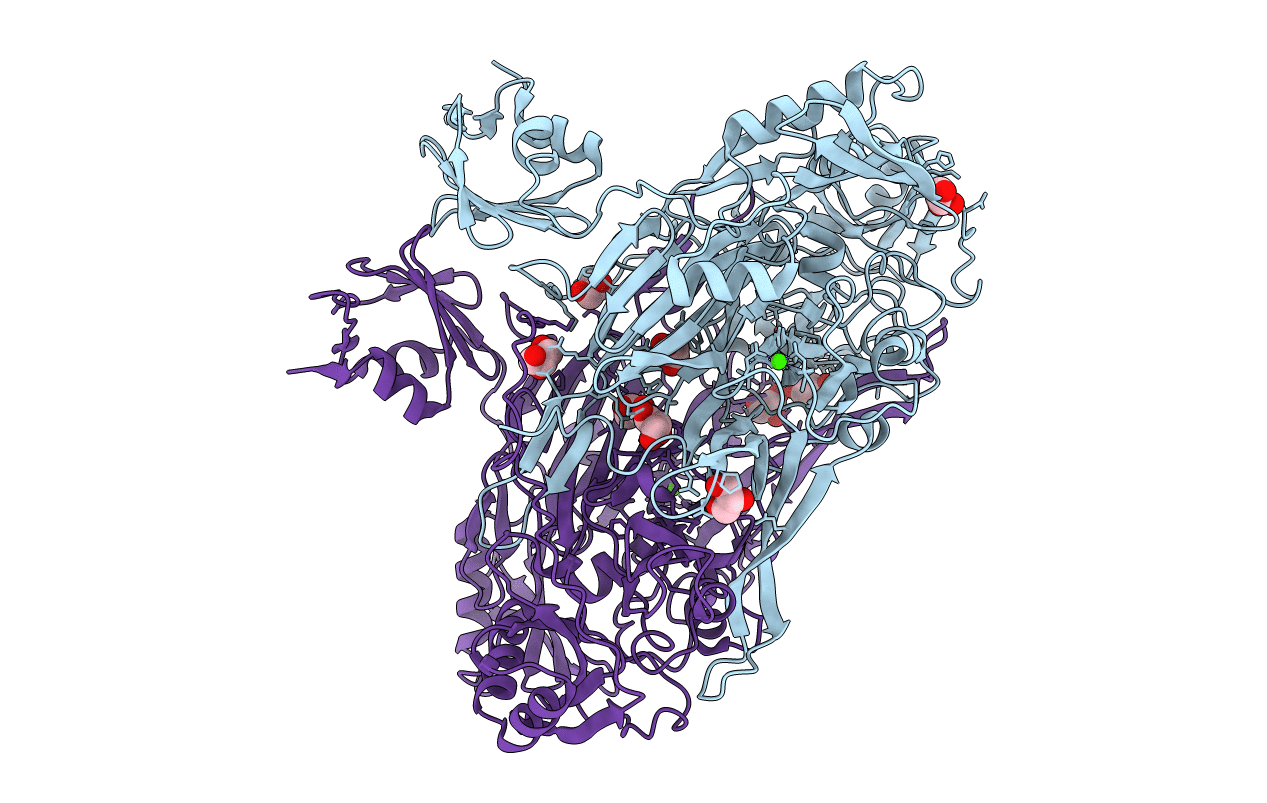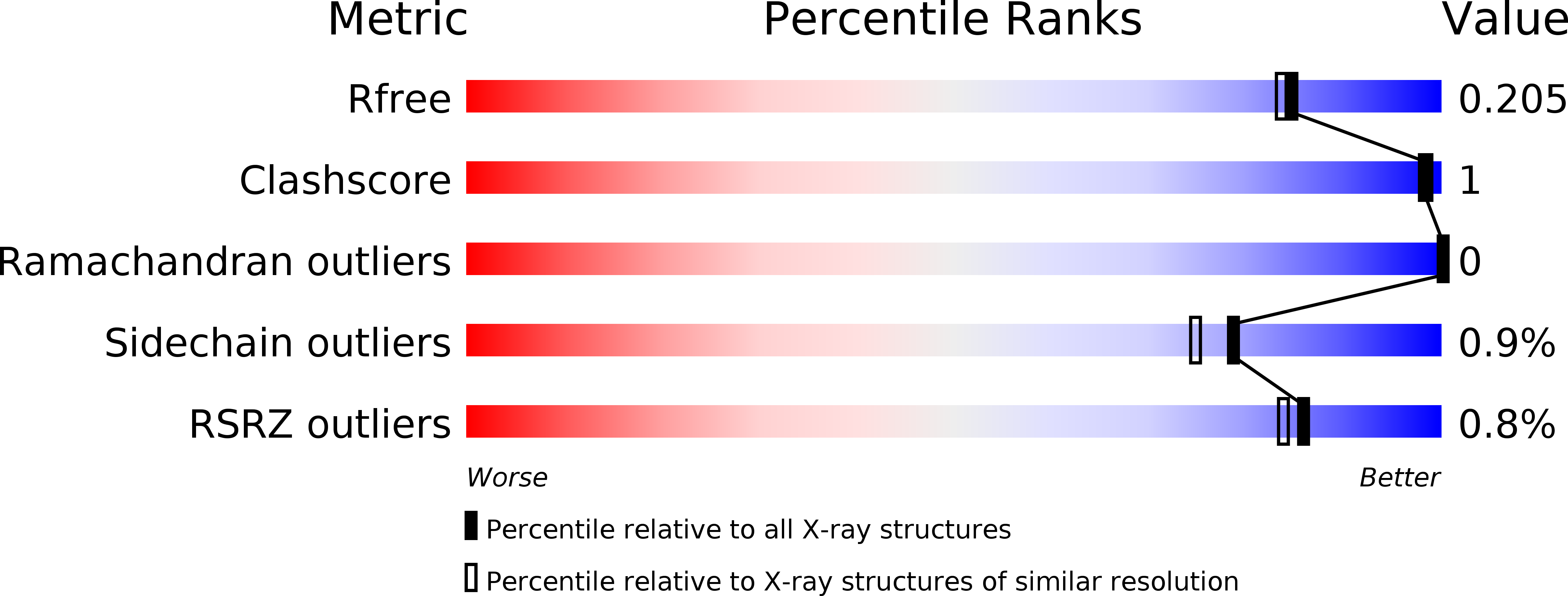
Deposition Date
2017-11-16
Release Date
2018-08-29
Last Version Date
2024-01-17
Entry Detail
PDB ID:
6EZZ
Keywords:
Title:
Crystal structure of Escherichia coli amine oxidase mutant E573Q
Biological Source:
Source Organism:
Escherichia coli (strain K12) (Taxon ID: 83333)
Host Organism:
Method Details:
Experimental Method:
Resolution:
1.80 Å
R-Value Free:
0.19
R-Value Work:
0.16
R-Value Observed:
0.16
Space Group:
P 21 21 21


